What is important to take into account when laying a network: a little about the television cable, circuits and components of the television network. Approximate costs of equipment.
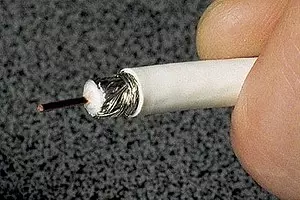
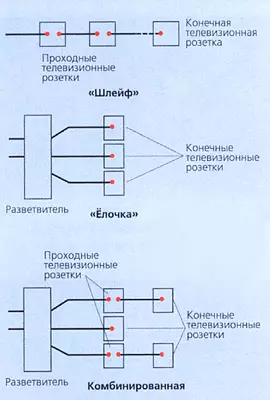
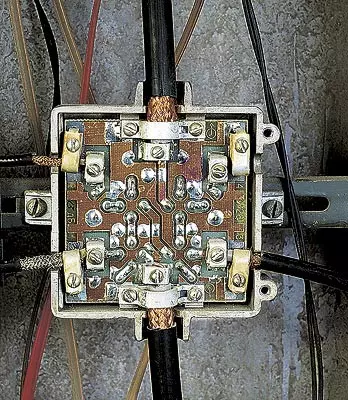
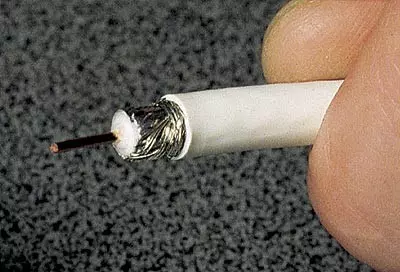
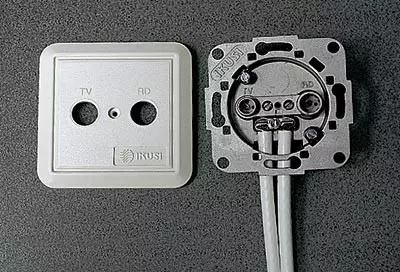
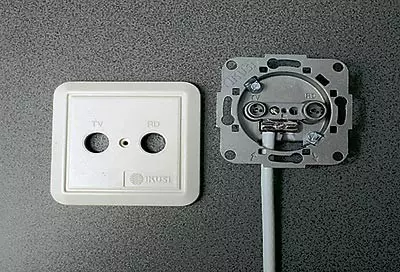
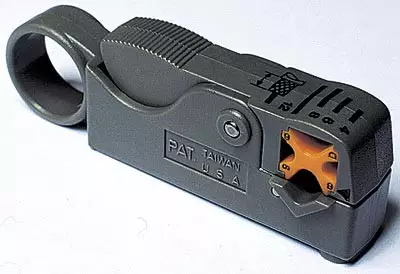
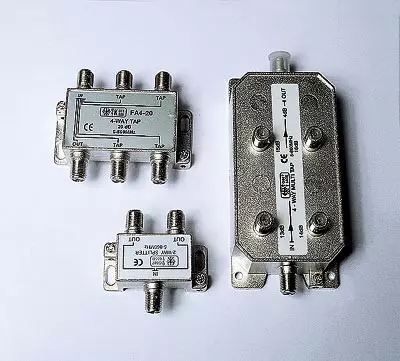
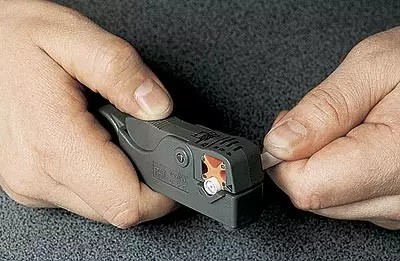
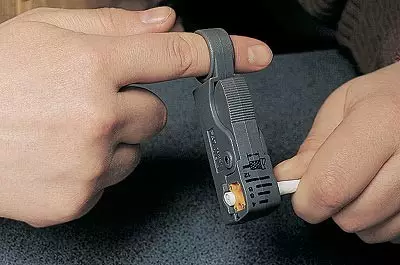
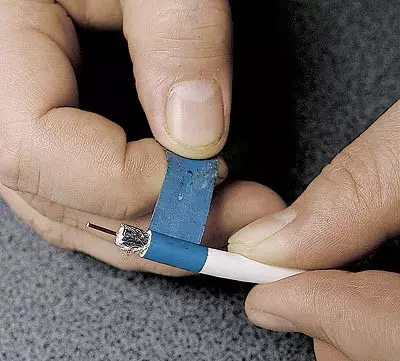

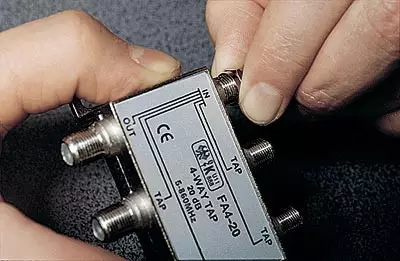
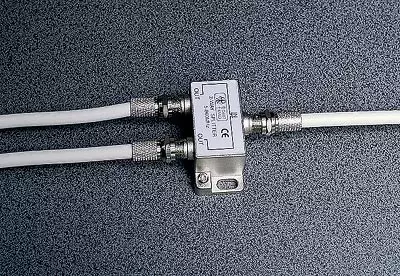
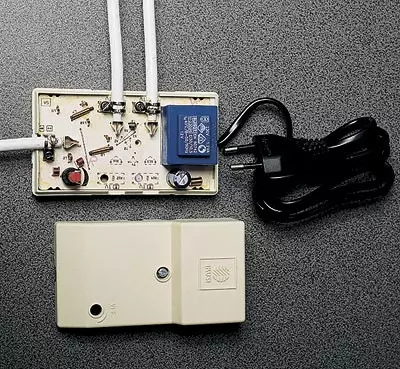
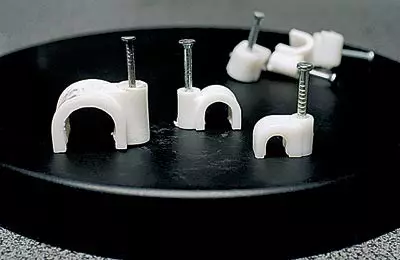
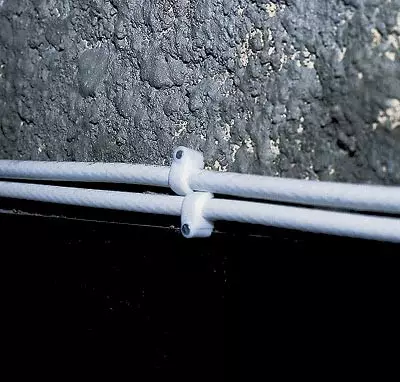

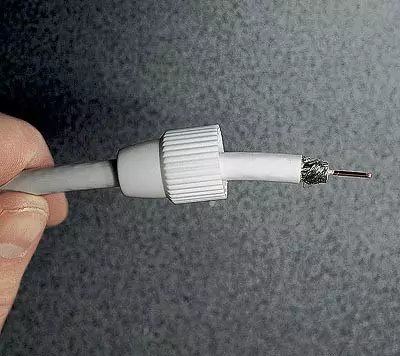
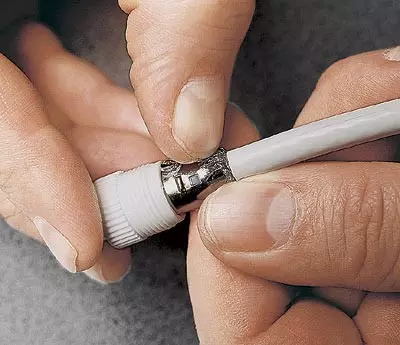
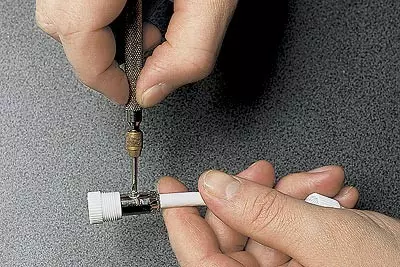
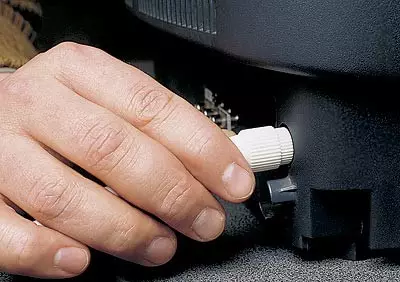
It is good or bad, but television so firmly entered our life, that we can no longer do without it. In the morning, the TV serves us as a alarm clock, in the evening. Increasingly, there are several television room in the apartments and be sure to be the kitchen. After all, one of the family members is interested in a sports report, the other news, the third-exciting fighter, and someone wants to see and "good night, kids!". All requests are no longer able to satisfy one device.
If this problem in your family is solved with the help of an appropriate number of TVs, then two others remain: a variety of received television programs and the quality of their playback. You need to decide which method of receipt of the video signal to receivers is preferable: ethereal, satellite, cable or combination thereof.
To receive a dozen central television television programs in the city, it is possible to limit the collective essential antenna, and you will have to install an individual antenna outside the city. If this number of programs is not enough, satellite will also be needed. Entry from the listed cases, domestic television networks will differ from each other.
Through the collective essential antenna, 6-9 central television programs and 5-6 local (cable) television programs can be taken. The satellite antenna, depending on the design, allows you to watch much more national and foreign programs, but now they are not subject to discussion (this can be found in detail from a specialized magazine on satellite and cable television "Tele-satellite").
Consider the easiest case when only a collective essential antenna is used, usually installed on the roof of an apartment building.
The video signal comes from an antenna on a trunk television cable to a distribution box located on each floor. This box (usually models of the RA104) has 4Abont discharges, as evidenced by the last figure on the labeling. Installation of a home teleservoge begins precisely from here. To begin, it is necessary to connect the central wire of the television coaxial cable (hereinafter referred to as the screw to the closuit terminal intended for your apartment, and the metal braid cable to press the bracket to the metal platter of the junction box.
Two rules are significantly affected on the image quality: the cable length and the number of branches to the TVs must be minimal. This determines the degree of reduction ("attenuation") of the video signal coming to televisions, measured in decibellah (dB). The magnitude of the initial video signal on the subscriber discharge is usually 70dB / μV, which guarantees a good quality of the television image, and at the TV input, it must be in the range from 60 to 80 dB / μV. With a vicious video signal, more than 80DB / μV - the image becomes "torn", sound "buzzing", and with too weak- less than 60 dB / μV - "snow" appears, the color disappears, the sound background occurs.
To perform work, you will need: television cable, cable splitter, telecommunications, clips for cable laying, video amplifier (possibly), several television plugs, as well as tools: drill, hammer, screwdriver, special cutter for a cable or a sharp knife.
A little about the television cable
For a television cable, the attenuation of the received video signal is characterized (VDB at 100 meters of cable length). The swab is given by the attenuation parameters of some brands of the television cable of the Italian company Cavel.As can be seen from the table, the 7510 brand cable is less than a diameter, easier and allows you to bend to a smaller radius (which is significantly in the transition, for example, from the wall on the wall). However, the characteristics of the signal attenuation is worse than other cable brands that have a diameter of 6.7mm. So, the cable with a diameter of 5mm and a length of 10m will reduce the signal for 3DB, and thicker will reduce these losses by 22-30%. Television masters usually do not use a thin cable when laying a home network. According to the table, the smallest video loss will provide the CU113 cable.
The modern television cable has a primary screen made of metallic foil and an additional metal braid screen, which reduce the level of interference from such sources as electric motors of household appliances and radiotelephones. Try replacing the old single-screen cable for two-screen and, as they say, "Feel the difference." Ruffling from interference on the screen of your TV will disappear.
Another source of image quality deterioration is splitters and television sockets used to simultaneously transmitting a video signal to several TVs.
Teleset schemes
Three schemes of the home television edition - "loop", "Christmas tree" or their combination, characterized by the character of connecting TVs.
With the first diagram, TVs are connected using only television sockets that are located sequentially on the walls along the entire apartment.
The sockets are passing (attenuation of the signal 12-16DB) and the final (attenuation of the signal 1,5 dB). The main thing is not passable! Otherwise, you can significantly weaken the signal by passing the cable through several sockets.
The antenna input of the TV is connected to the television socket. Similar to the connection of the plug to the electrical circuit's socket, but the television plug is used.
With a second scheme, using one or more splitters create a separate branch of the television network for each TV. Their number you define yourself, based on the location of the TVs and the minimum length of the cable paved.
Texaging Parameters Video Signal of Television Cable
| Compared cable parameters | Brand of television cable | |||||||
|---|---|---|---|---|---|---|---|---|
| 7510. | 1210N. | 1212. | 1210E. | 1210s. | 1210A. | CU113. | ||
| Attenuation, dB / 100 m with: | 50 MHz | 6,2 | 4,4. | 4,4. | 4,3. | 4,3. | 4,3. | 4,2 |
| 200 MHz | 12.8. | 9.5 | 9.5 | 9.0. | 9.0. | 9.0. | 8.6. | |
| 300 MHz | 15.7 | 12.0. | 12.0. | 11,2 | 11,2 | 11,2 | 10.7 | |
| 500 MHz | 20.7 | 15.8. | 15.8. | 14.8. | 14.8. | 14.8. | 14,1 | |
| 800 MHz | 26.7 | 20.5 | 20.5 | 19,2 | 19,2 | 19,2 | 18.3 | |
| 1000 MHz | 30.4 | 23,2 | 23,2 | 21.6 | 21.6 | 21.6 | 20.7 | |
| Screen efficiency, dB for frequency range (100-900) MHz | > 55. | > 35. | > 35. | > 45. | > 45. | > 45. | > 50. | |
| Minimum bend radius, mm | 50.0 | 70.0. | 70.0. | 70.0. | 70.0. | 70.0. | 70.0. | |
| Outdoor insulation diameter, mm | 5.0 | 6.7 | 6.7 | 6.7 | 6.7 | 6.7 | 6.7 | |
| Raman weight, g / m | 29.0 | 43.0 | 43.0 | 46.0 | 46.0. | 46.0 | 49.0 |
Components of the home television network
With the correct connection of the cable with a splitter, the video signal will fall no more than 1 DB.First, from the connected end of the cable, a sharp knife or scalpel neatly remove the outer plastic shell, then turn the screen from the metal foil and the mesh metal braid back and put on the plastic shell. Make sure not to cut them. It is best to use a special cable cutter.
Put the cutter at the end of the cable, twist it blades and turn 8-10 times around the cable. Now the ends of the cable are prepared quite professionally.
The special branch nut is put on the end of the cable, turn off the screen and braid, after which they insert the central core into the splitter socket and the nut is tightened. When buying, be sure to check that the diameter of the nut hole corresponds to the outer diameter of the cable paved or slightly exceeded it. Then the splitter installation will not cause any difficulties. In the opposite, there will be a little tape for increasing the diameter of the cable plastic sheath. Similarly, so much cable segments are attached to each output jack of a splitter as in the television house (according to the second scheme), or networks (for the third scheme).
If the video signal at the TV input is below 60 DB, after the junction box, you must put a home antenna amplifier. They are several types and increase the signal level by 10-20 dB. The small-sized amplifier IKUSY (Spain) of the ATV122 model is presented in the picture.
With an outdoor cable laying, plastic clips are used, which are attached to the wall, door platter or plinth included with nails. Clips are marked by numbers corresponding to the diameter of the cable used. Sometimes the television cable is closed with a decorative box attached to the wall with screws or self-adhesive base.
For hidden cable laying in the wall make a groove ("Strob"). It can be seen by hand, make a carbide cutter installed in a drill cartridge, or a special tool.
At the end of the branches of the television network, end outlets are installed. To connect the TV to the network, a connecting cable is used, which is included in the spare parts kit to the VCR or purchased additionally. One plug is inserted into the antenna socket of the TV, and the second to the television socket.
If you want to make a connecting cable yourself, take the segment of the cable of the desired length and on both of its end, prepared as described above, install plugs, mechanically or by soldering. If a mechanical mount is used, then before exposing the open screen and cable braid, put the plug cap. Insert the central core inserted into the hole, located from its back, the metal bandage is degrees the braid around the cable shell and turn the screw central core. Collect the plug, screwing the housing on the cap and insert the TV in the antenna socket.
To simplify the installation of the network, reduce the damping of the video signal and reduce costs, the final outlet can not be installed. Such a connection is less professionally, but also quite acceptable.
Now you can enable all the TVs at the same time and enjoy the image quality!
Approximate costs
The cost of materials you can calculate yourself provided that:
- The price of one meter of the television cable depending on the brand is 1-3 rubles,
- Cable splitter - from30 to 96 rub.,
- Ikusy video amplifier ATV models 122-180 rub.,
- passing telecasting - 70 rubles,
- finite telecasting - 54 rubles,
- television plug - 1,5 rub.,
- "Clips" - 36 rubles. per 100xtuck and cutter for cable - 150 rub.
These prices are valid for May 1998.
The materials used data from GOST 21879-88 "TV broadcast. Terms and definitions" and from the catalog "Equipment for essential, satellite and cable television" (1997, Protein Corporation).
The editors thanks the leadership of the Corporation "Belka" for advice on television networks.
